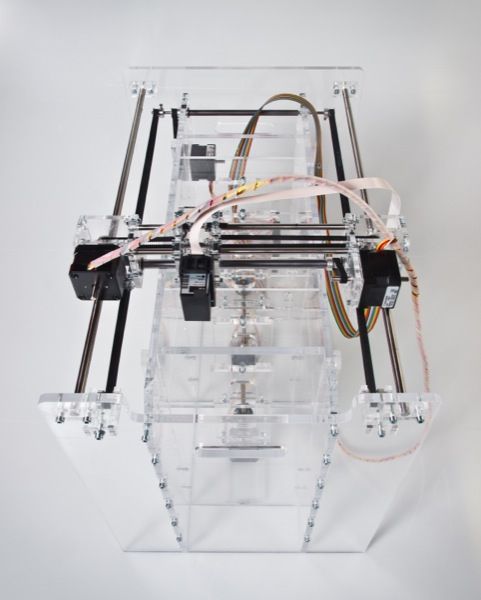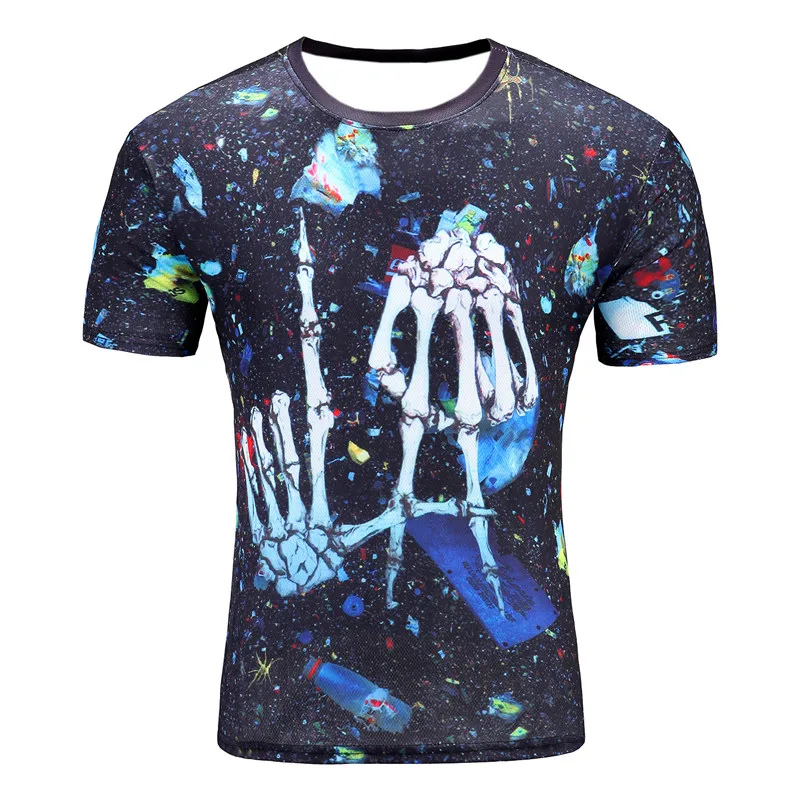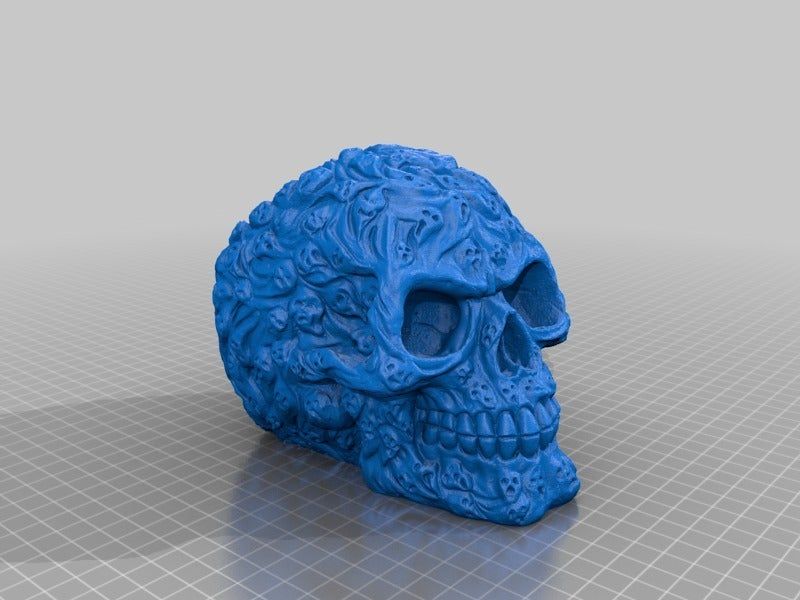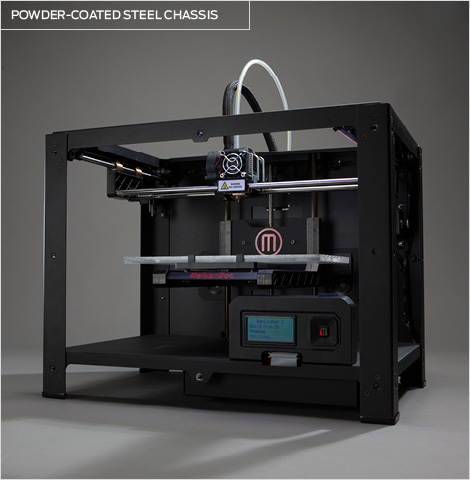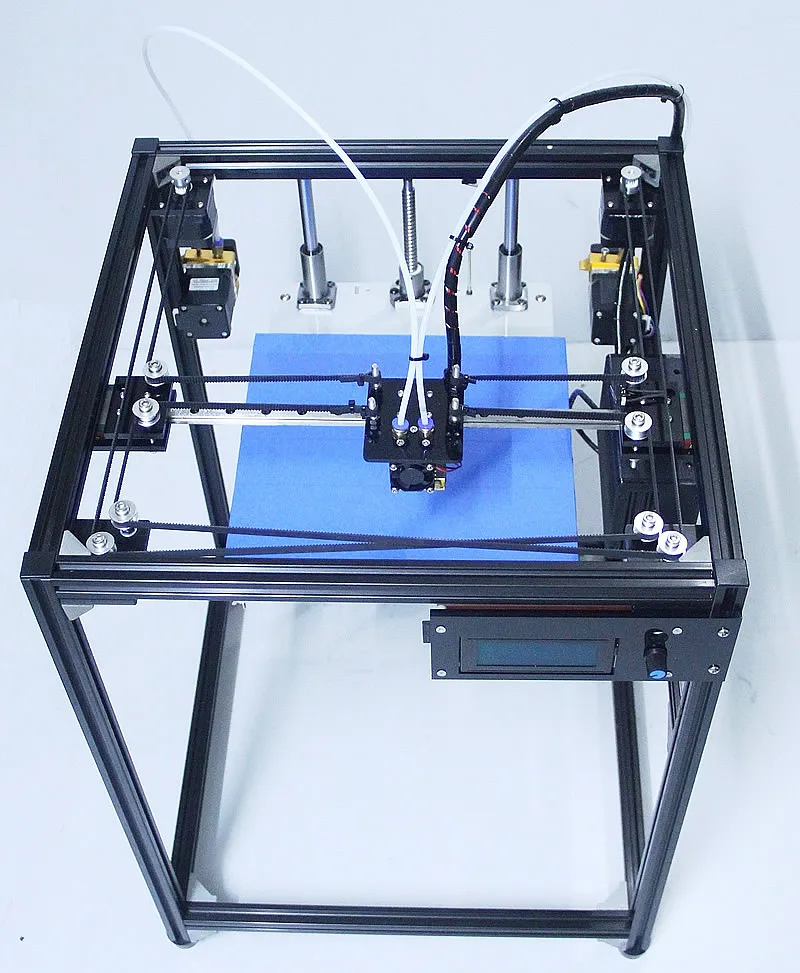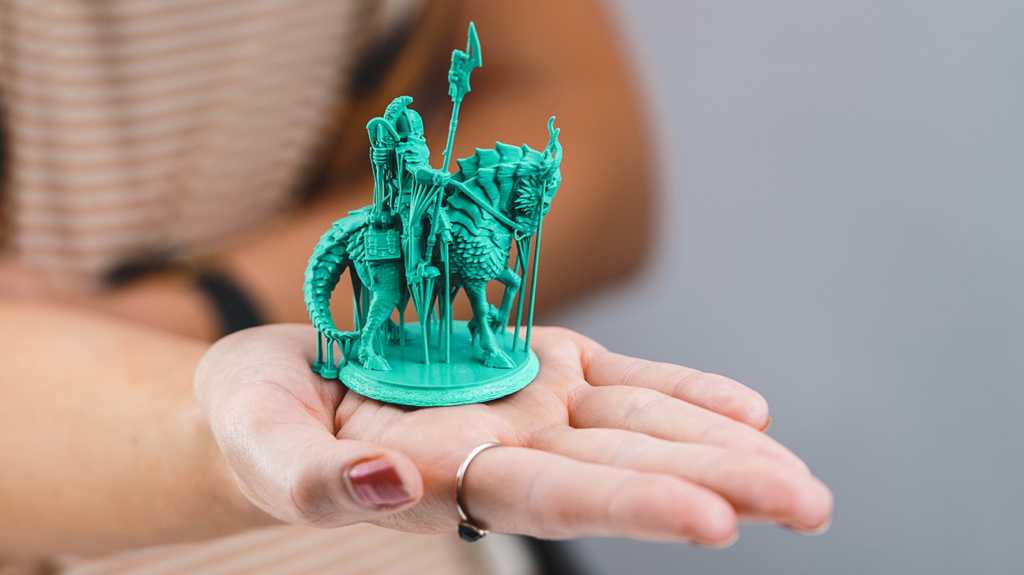Tolerancing for 3d printing
Guide to 3D Printing Tolerances, Accuracy, and Precision
Just because a 3D printer has "high resolution” in the printer specifications doesn’t mean your 3D printed parts will be accurate or precise.
Understanding the meaning of accuracy, precision, and tolerance is imperative for achieving meaningful 3D print performance for any application. In this post, we’ll parse through what these terms mean and how to think about them in the context of 3D printing. Then, we'll compare the tolerance ranges you can expect from different 3D printing processes and provide a detailed overview for tolerancing 3D printed assemblies.
Download our free white paper for a breakdown of how to measure and apply tolerances for each type of fit, with specific recommendations for Formlabs Engineering Resins.
White Paper
Tolerance and fit are essential concepts that engineers use to optimize the functionality of mechanical assemblies and the cost of production. Use this white paper as a resource when designing functional 3D printed assemblies, or as a starting point when designing the fit between parts printed.
Download the White Paper
Let’s start with definitions: What’s the difference between accuracy, precision, and tolerance? For each term, we’ll use a target—a common example for unpacking these concepts—to help visualize meaning.
Accuracy is how close a measurement is to true value. In the case of a target, true value is the bullseye. The closer you are to hitting the bullseye, the more accurate your shot. In the world of 3D printing, true value equals the dimensions you design in CAD. How closely does the 3D print line up to the digital design?
Precision measures the repeatability of a measurement—how consistent are your shots at the target? Precision measures this consistency only; your shots could be hitting near the same spot every time, but that spot doesn’t have to be the bullseye.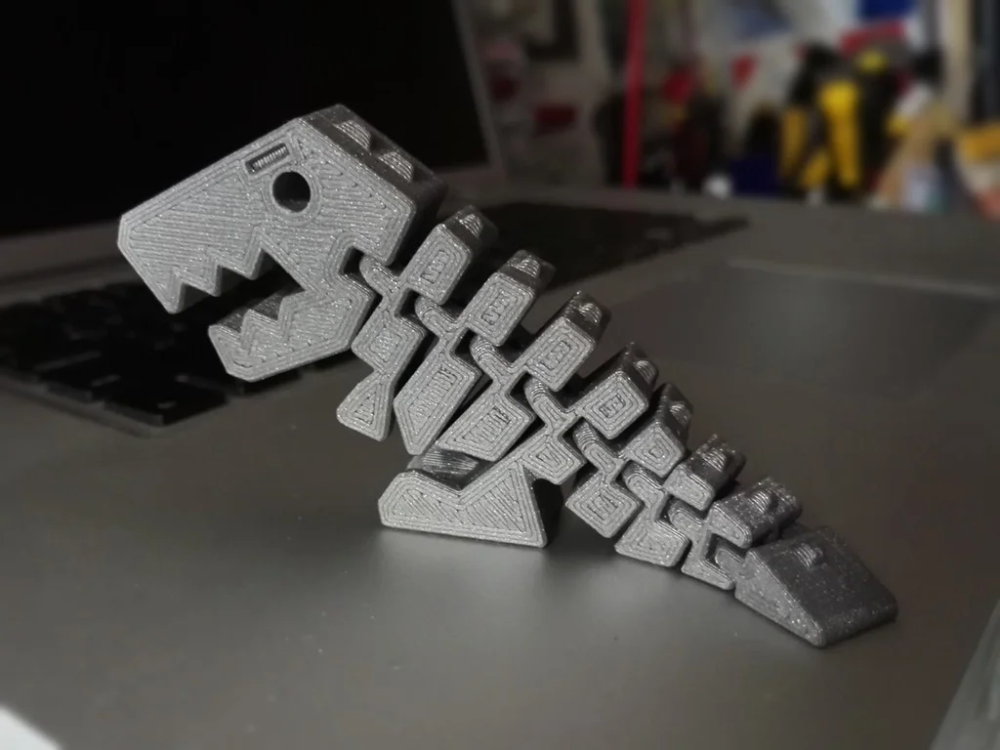 In 3D printing, this ultimately translates to reliability; can you rely on your machine to produce your expected results for every print?
In 3D printing, this ultimately translates to reliability; can you rely on your machine to produce your expected results for every print?
Exactly how precise do you need to be? That’s defined by tolerance, and tolerance is defined by you. How much wiggle room do you have in your application? What’s an acceptable variance in the closeness to the measurement that precision is hitting? That will depend on your project, for example, a component with a dynamic mechanical assembly will require tighter tolerances than something like a simple plastic enclosure.
If you’re defining a tolerance, you’ll likely want accuracy too, so let’s assume we’re measuring precision of shooting at the bullseye. Earlier, we defined the shots on the target pictured on the right as not precise.
However, if your tolerance range is fairly wide, it may be okay. The shots aren’t as close to each other as in the target on the left, but if the acceptable range of precision is the distance of ±2. 5 rings, then you’re within spec.
5 rings, then you’re within spec.
Generally, achieving and holding tighter tolerances means higher manufacturing costs and quality assurance.
Webinar
Watch our webinar for a walk through the SLA 3D printing workflow, material options, and expert tips to optimize the part-to-print workflow to get the most value out of 3D printing.
Watch the Webinar Now
There are a variety of factors to consider when thinking about accuracy and precision in 3D printing. Knowing that the printer will consistently work as promised and produce the quality expected from it, within the tolerances the user is used to, could be crucial to a successful experience.
Here are four big factors at play in determining the accuracy and precision of 3D printing:
3D printing is an additive process, so parts are built layer by layer. Each layer introduces an opportunity for inaccuracy, and the process by which layers are formed affects the level of precision, or repeatability, of the accuracy of each layer. Let's look at the typical 3D printer tolerances for the most common plastic 3D printing processes:
Let's look at the typical 3D printer tolerances for the most common plastic 3D printing processes:
- Stereolithography (SLA) and digital light processing (DLP): ± 0.2% (lower limit: ± 0.1 mm)
In resin 3D printing, liquid resin material is selectively exposed to a light source—SLA a laser, DLP a projector—to form very thin solid layers of plastic that stack up to create a solid object. Thanks to the highly-precise light sources, these processes can achieve fine details and can consistently produce high quality results. Depending on the model geometry, resin 3D printed parts require support structures, which can be essential to achieve dimensional accuracy, especially with complex geometries or large and thin walls. - Selective laser sintering (SLS) and multi jet fusion (MJF): ± 0.3% (lower limit: ± 0.3 mm)
Powder bed fusion 3D printers also rely on the precision of a light source—SLS a laser, MJF a fusing lamp—to fuse powder materials into solid parts. As the unfused powder supports the part during printing, there’s no need for dedicated support structures. This makes SLS ideal for complex geometries, including interior features, undercuts, thin walls, and negative features.
As the unfused powder supports the part during printing, there’s no need for dedicated support structures. This makes SLS ideal for complex geometries, including interior features, undercuts, thin walls, and negative features. - Fused deposition modeling (FDM): ± 0.5% (lower limit: ± 0.5 mm)
- In FDM 3D printing, layers of thermoplastic filaments are extruded by a nozzle, which lacks the control and ability to achieve intricate details that other 3D printing processes can offer. FDM parts are also prone to warping or shrinkage, as the printed part cools at different rates and the internal stress cause the print to deform. Higher-end professional systems mitigate these issues, but they also come at a higher cost.
Because layers are extruded, FDM parts might show inaccuracies around complex features. (FDM part on the left, SLA part on the right).
3D printer specs alone do not represent final dimensional accuracy. One common misrepresentation of accuracy for various 3D printing technologies is the descriptions of XY resolution or Z resolution (layer thickness) as dimensional accuracy.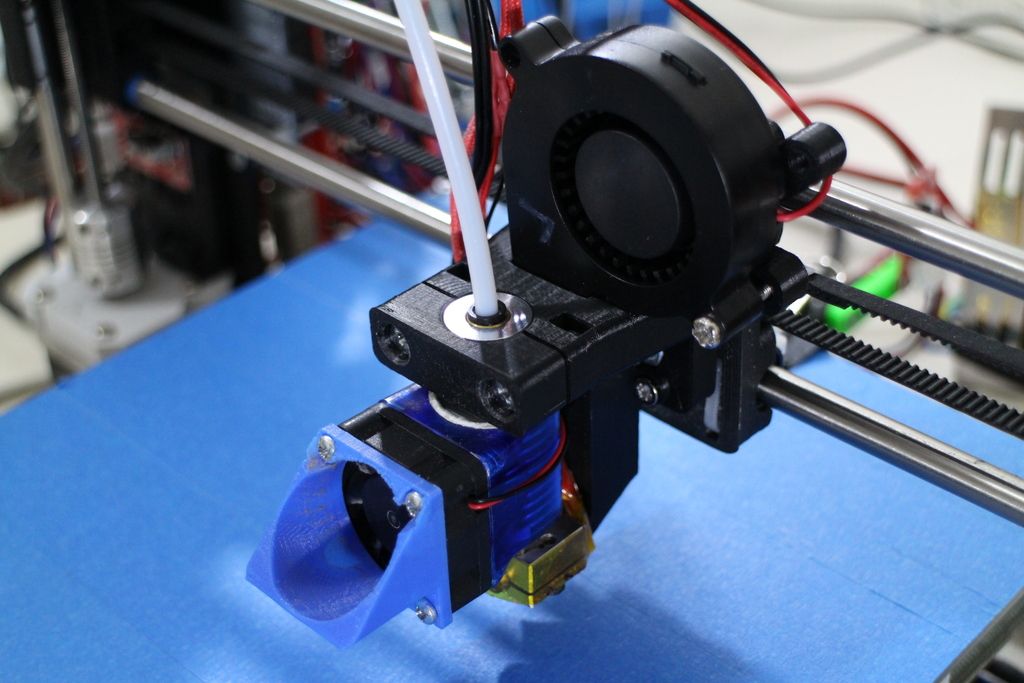
However, this data has no implications for how accurate a printed part will be. There are many sources of error that still have an impact on accuracy, which we'll cover next.
Ultimately, the best way to evaluate a 3D printer is to inspect real parts.
Sample part
See and feel Formlabs quality firsthand. We’ll ship a free sample part to your office.
Request a Free Sample Part
White Paper
Download this report for an internal test that Formlabs created to determine the dimensional accuracy of the Form 3 and Form 3B.
Download the White Paper
Accuracy may also vary depending on which materials you use to print, and the mechanical properties of those materials, which can also affect how likely a print is to warp.
Formlabs Rigid 10K Resin for SLA 3D printing has high green modulus, or stiffness, which enables successful printing of thin, intricate features.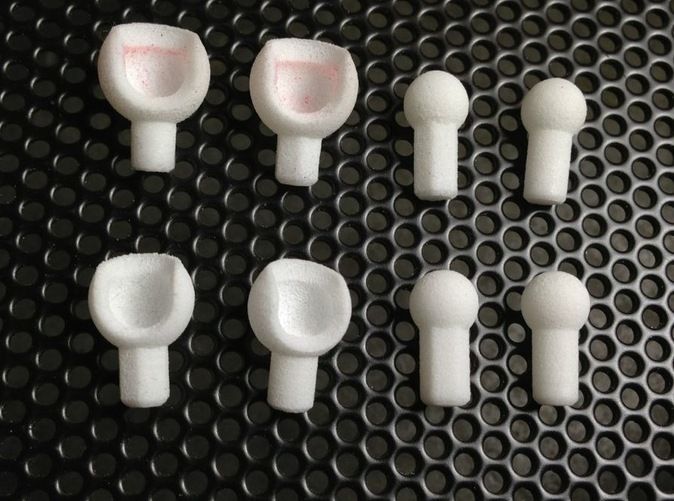
Due to the lack of support structures and great mechnical properties, Nylon Powders used in SLS 3D printing are also ideal for printing complex parts with demanding tolerance requirements.
With resin 3D printers, when a material has a high green modulus (modulus before post-curing), that means it’s possible to print very thin parts with precision and a lower chance of failure.
For FDM 3D printers, materials extruded at higher tempetatures are generally more prone to warping than others. For example, ABS is known to be more susceptible to warping than PLA as the printed parts shrink more during cooldown.
Most 3D printed parts require some form of post-processing after printing:
- SLA and DLP: Washing, post-curing (optional), removal of support structures (if needed), sanding (optional)
- SLS and MJF: Removal of excess powder, media blasting or media tumbling
- FDM: Removal of support structures (if needed), sanding (optional)
Some of these post-processing steps have an influence on the dimensions and the surface of the parts, which in turn influence accuracy and tolerances.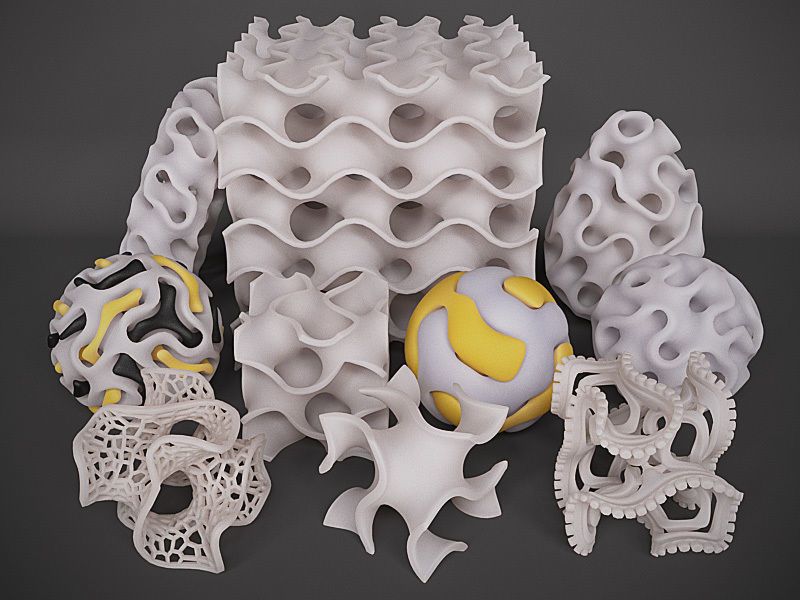 Some of these are easy to account for during design and print preparation, but others can vary print to print.
Some of these are easy to account for during design and print preparation, but others can vary print to print.
For example, in resin 3D printing, parts often need to be post-cured after 3D printing, and post-curing causes shrinkage. This is normal for any parts produced with resin-based SLA or DLP 3D printing processes, and may need to be considered in designs depending on the printer. PreForm, Formlabs’ free print file preparation software, automatically compensates for this shrinkage to ensure post-cured prints are dimensionally accurate to the original CAD designs.
On the other hand, FDM printed parts often require sanding to improve the surface quality by removing support marks and layer lines, but this process changes the dimensions of the parts slightly, increasing the variation between the original design and the finished part.
Producing accurate and precise 3D prints requires attention to more than the printer itself, and consideration for the entire process.
The print preparation software, printing technology, quality and calibration of the printer and its components, quality of 3D printing materials, and post-processing tools and methods can all contribute to final results.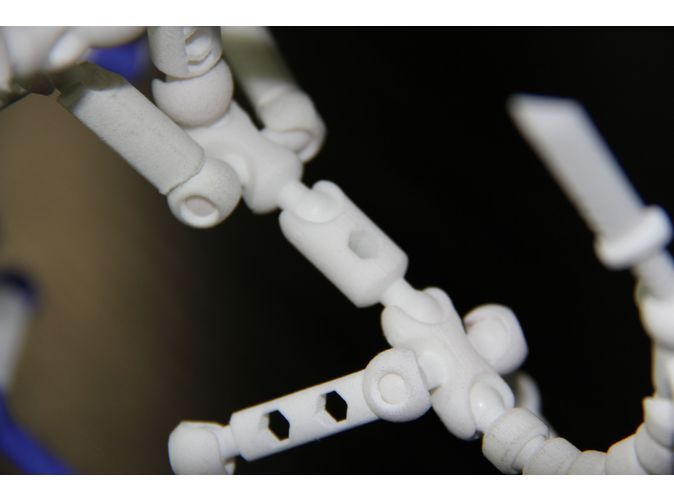
Overall, integrated systems that are designed to work together generally produce more reliable results. For example, each new SLA and SLS 3D printing material from Formlabs goes through a series of validation tests on each compatible printer model before release to ensure reliability, consistency, and accuracy. That's not to say that generic printers and off the shelf materials can't produce good results—they might just have a steeper learning curve and require more experimentation and calibration from the users.
An air-powered, functional scale model of a flat two-cylinder internal combustion engine printed in Tough and Durable Resins and lubricated with mineral oil.
In traditional machining, tighter tolerances are exponentially related to increased cost. Tighter tolerances require additional and slower machining steps than wider tolerances, so machined parts are designed with the widest tolerances allowable for a given application.
Unlike machining, 3D printing has a single automated production step.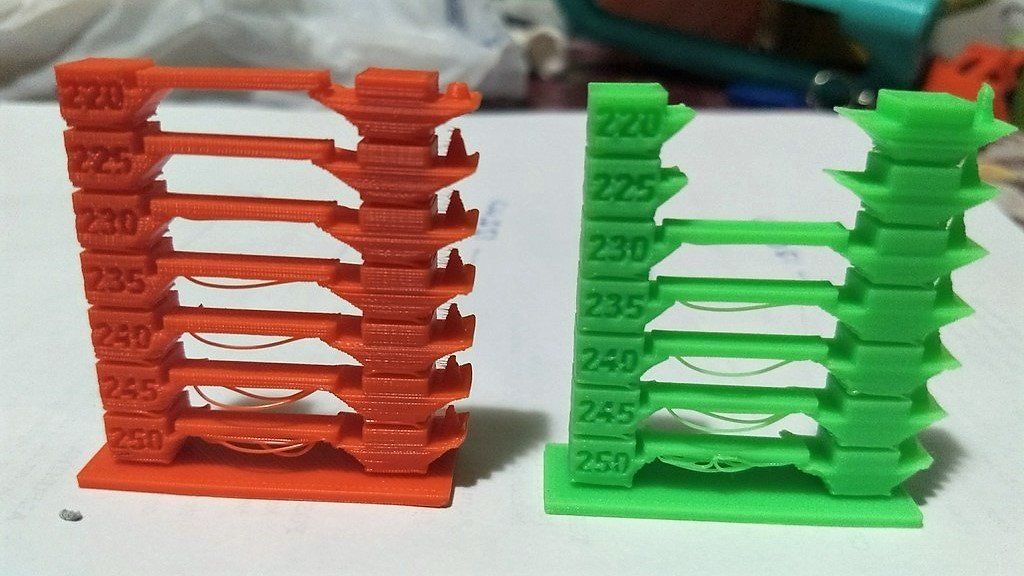 Tighter 3D printing tolerances may require more effort in the design stage, but can yield significant savings in time and costs in prototyping and production.
Tighter 3D printing tolerances may require more effort in the design stage, but can yield significant savings in time and costs in prototyping and production.
Also, while complex surfacing adds costs to a process like CNC milling, complexity in 3D printing is essentially free, though the tolerances of a 3D printed part can't be automatically refined beyond what the printer can produce without resorting to subtractive methods. 3D printing is great option if you have gross complexity like undercuts and complex surfaces, and don't necessarily need higher surface precision than ±0.005 in (standard machining). Tolerances beyond standard machining have to be reached subtractively, either through hand finishing or machining, in both 3D printed parts and CNC parts.
Overall, resin 3D printing (SLA and DLP) and powder bed fusion 3D printing (SLS and MJF) have the highest tolerance of commercially available plastic 3D printing technologies. Compared to machined accuracy, resin and powder 3D printing tolerance is somewhere between standard machining and fine machining.
Tolerance is the predicted range of possible dimensions for parts at the time of manufacture.
Tolerance and fit are essential concepts for any engineer designing mechanical assemblies. Accounting for tolerances ultimately optimizes both the prototyping and production processes, reducing the material cost of iteration, lowering post-processing time, and mitigating the risk of accidentally broken parts. The static cost-per-part for 3D printing makes it a cost-effective method for prototyping and low volume manufacturing, especially for custom parts that would otherwise require significant investment in molds.
Generally, more compliant 3D printing materials will have a wider tolerance zone than more rigid materials. When printing parts for assemblies specifically, designing for proper tolerance and fit lowers post-processing time and ease of assembly, and reduces the material cost of iteration.
Post-processing steps for 3D printed parts assemblies commonly include cleaning, sanding supports, and lubrication.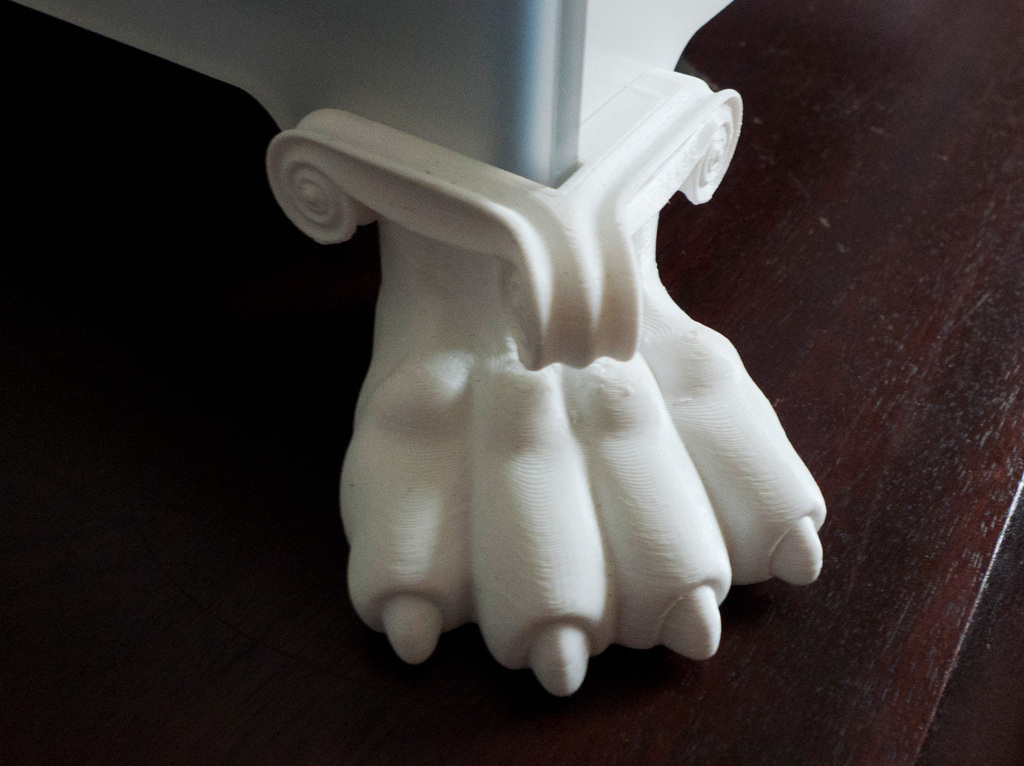 Sanding an active surface is a reasonable method for achieving the correct fit if the part is a one-off, because less tolerancing work is required in the design phase. With larger assemblies, or when producing multiples of something, proper dimensional tolerancing quickly becomes worthwhile.
Sanding an active surface is a reasonable method for achieving the correct fit if the part is a one-off, because less tolerancing work is required in the design phase. With larger assemblies, or when producing multiples of something, proper dimensional tolerancing quickly becomes worthwhile.
In this section we’ll walk through the different engineering fits to describe the basics of clearance, transition, and interference fits and when it makes sense to choose each for an assembly design.
In order to understand and design the optimal 3D printing tolerances, it’s important to determine which type of fit works best for your assembly.
The functional needs of your assembly define how parts should fit together.
Engineering fit can be divided into three types: clearance, transition, and interference. Each of the these types of fit can then be broken down into two major subcategories.
There will always be some variation in tolerances for different manufacturing methods and depending on the 3D printing process, which means that fit is a continuum rather than completely separate stages.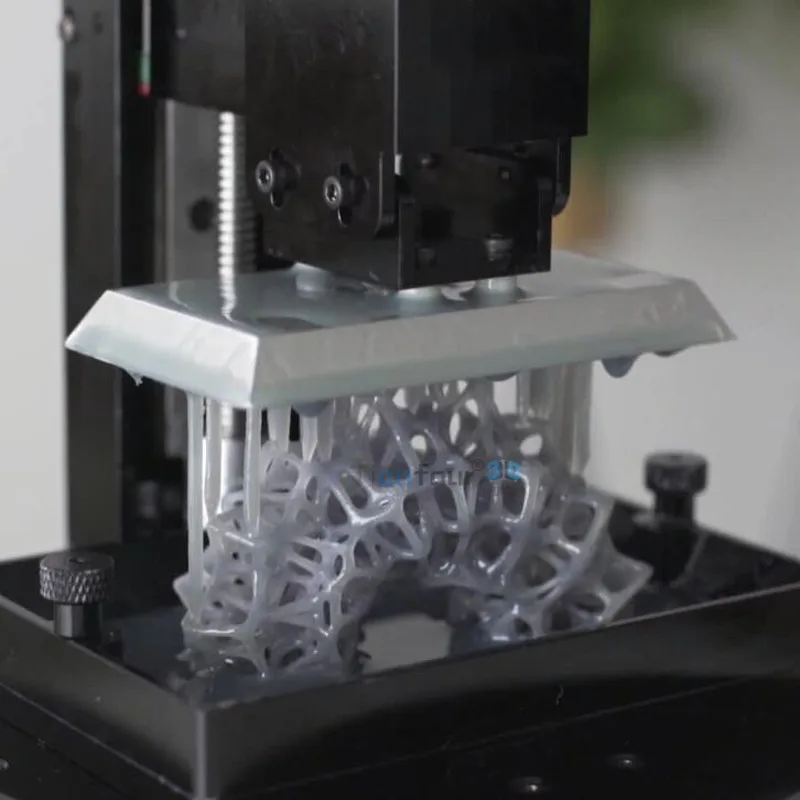 For example, larger clearance fits trade precision for freedom of movement. Tighter transition fits are stronger, but cause more wear on the connection. An interference fit that requires more force to join will be more challenging to disassemble.
For example, larger clearance fits trade precision for freedom of movement. Tighter transition fits are stronger, but cause more wear on the connection. An interference fit that requires more force to join will be more challenging to disassemble.
Free movement of a component requires clearance, or space between the active surfaces. Achieve clearance by ensuring that the tolerance zones of the active surfaces do not overlap.
An active surface is a model region where two surfaces touch and either move against each other or have a static fit.
Subcategories:
- A sliding fit has some lateral play, while a running fit has almost no play.
- A running fit has slightly more friction, but more accurate motion.
Play is the amount of space for movement in an unintended direction within a mechanism.
If no motion between parts is needed, a transition fit allows for easy assembly and disassembly. A transition fit has partially overlapping tolerance zones.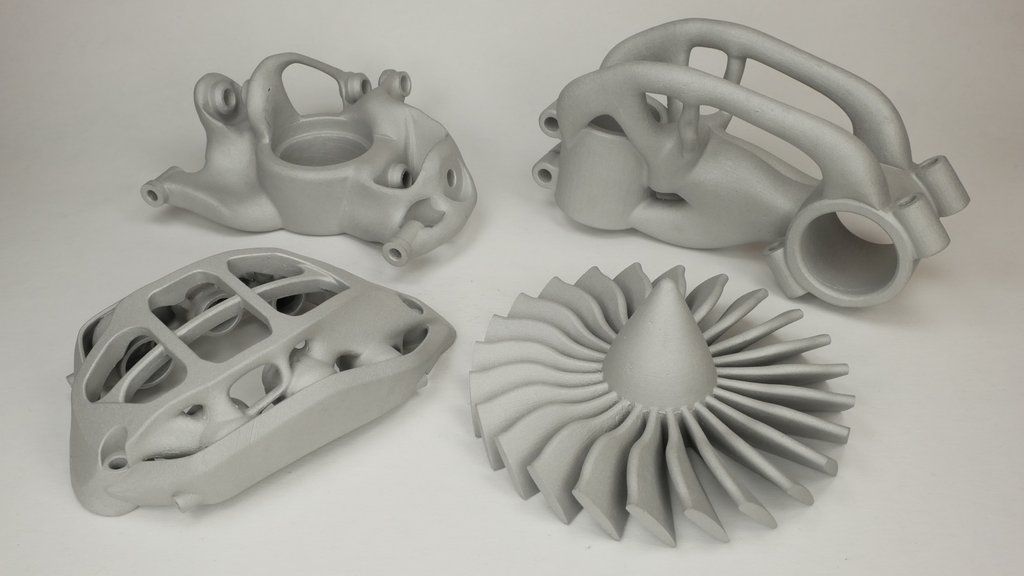
Subcategories:
- With a keying fit, a component accurately inserts into or around another part, with only a light force needed to install and remove it.
- A push fit requires more force to join and remove the parts, but they can be connected by hand.
An interference fit provides a rigid, strong connection, but requires much more force applied in assembly. Tolerance zones fully intersect in interference fits.
Subcategories:
- A force fit requires substantial force to install, likely with additional hand tools like a hammer, and is intended to be permanently joined.
- A press fit needs much more force to install, applied by an arbor press or similar tool.
Fit ranges for common geometries can be broadly applied to many designs. Once you know the best fit, you'll need to select materials and design tolerances for your application. Our white paper, “Engineering Fit: Optimizing Design for Functional 3D Printed Assemblies,” was written to help guide these decisions.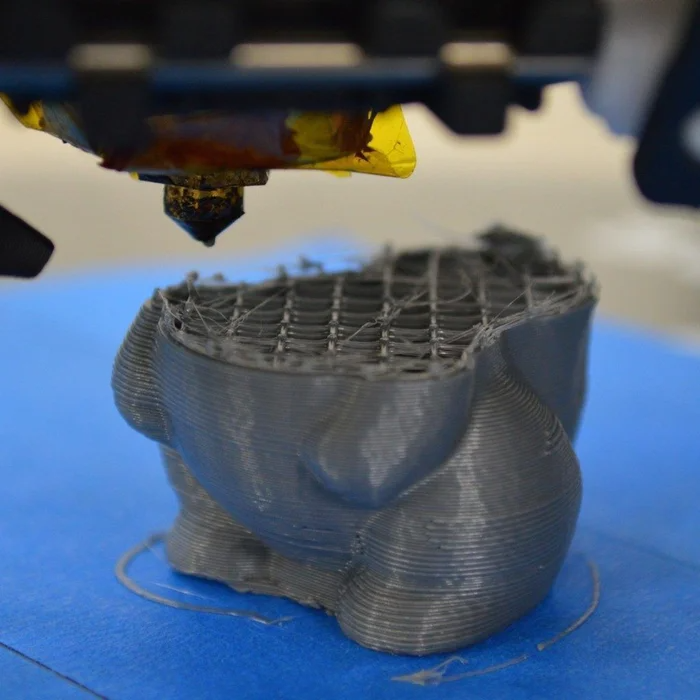
Download the white paper for a breakdown of how to measure and apply tolerances for each type of fit, with specific recommendations for Formlabs Tough Resin and Durable Resin. The resource also includes links to downloadable test models and suggestions for lubricants, bonded components, and machining.
Download the White Paper
There are tons of other attributes to consider when evaluating 3D printers–do your parts need to be isotropic? What mechanical properties do your parts (and therefore, materials) require? One of the best ways to get started is to see real printed parts. Choose a free sample from Formlabs in a variety of materials to see SLA quality for yourself.
Request a Free Sample 3D Print
Accuracies and tolerances in 3D printing
Our daily business is rapid prototyping and small series production. Hundreds to thousands of prototypes and end-use parts are sent daily from our production facilities to engineers and product developers all over the world.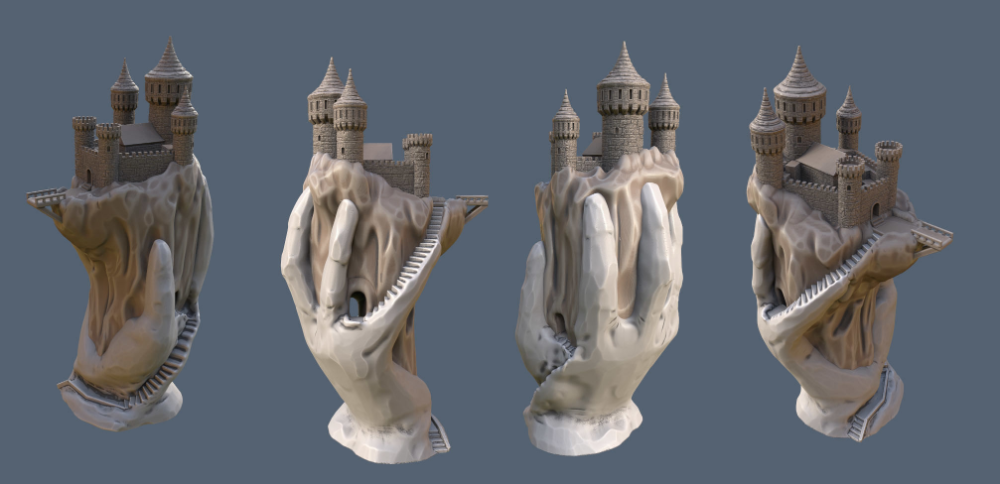 When discussing a project, the most frequently discussed issue is that of the appropriate procedure or material. There are many factors that influence this choice, but most often the following:
When discussing a project, the most frequently discussed issue is that of the appropriate procedure or material. There are many factors that influence this choice, but most often the following:
- Costs: the cost per piece is calculated based on quantity and geometry of the part
- Production speed: with technologies like Stereolithography parts can be produced overnight, thermal technologies (e.g. Multi Jet Fusion / High-Speed Sintering HSS) take about 3 – 4 days
- Material properties: mechanical, chemical & heat resistance
- Desired visual effects: color, surface quality, etc.
- Accuracy / tolerances: typical deviations of the printed parts vs. the base dimensions
While the exclusion principle can often be applied to the first four factors, the question of accuracy / tolerance is often more complex. In the following article we will give you a brief overview of what you need to bear in mind when thinking about the accuracy and tolerances of 3D printing.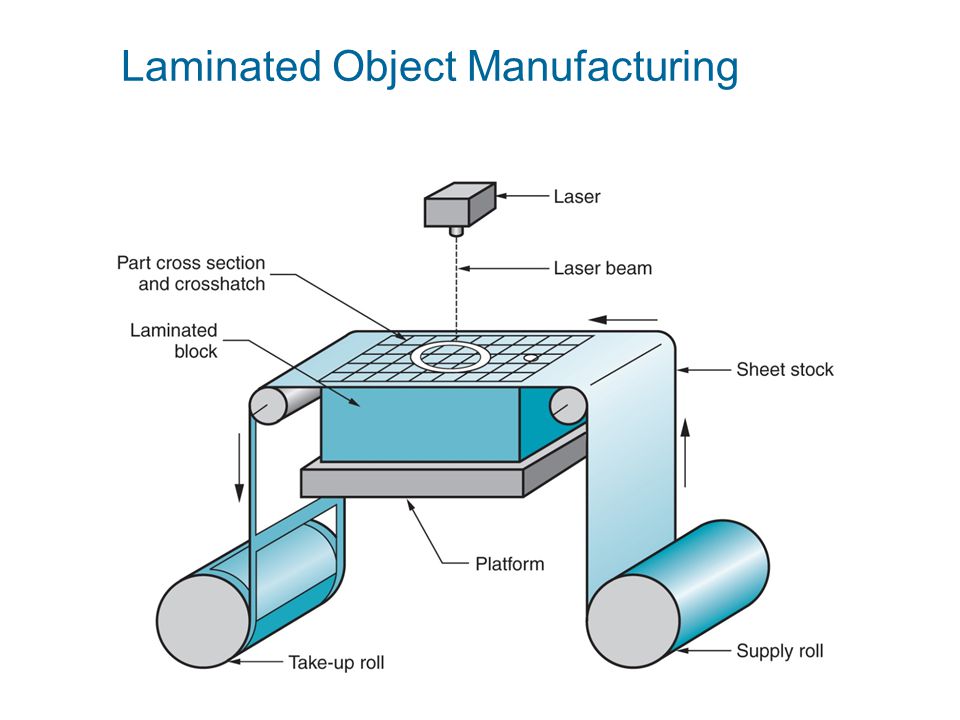
General information about tolerances in 3D printing
In most additive technologies, the dimensional tolerance is at least 0.1 mm. This means that the deviations in 3D printing are greater than in other technologies, such as injection molding or CNC machining. While tolerances of 0.1 mm are not uncommon when injection moulding plastics, it is quite possible to work in the hundredth scale when machining metal.
A common misunderstanding is the swapping of resolution and tolerance. If a Polyjet printer has e.g. resolutions (in Z direction) of only 15 µm, this does not mean that the tolerance is correspondingly low.
Error #1: STP -> STL conversion
In order to be used for 3D printing, an STL file must be available. This is exported from a CAD software or converted from a CAD file. Typical file format is the STP format. When converting STP to STL, inaccuracies in the hundredth scale can occur.
There is a particular problem with the surface. As this converts an algorithm (STP) into a ‘mesh’, in simple terms into a network of triangles, the interface therefore needs to be simplified.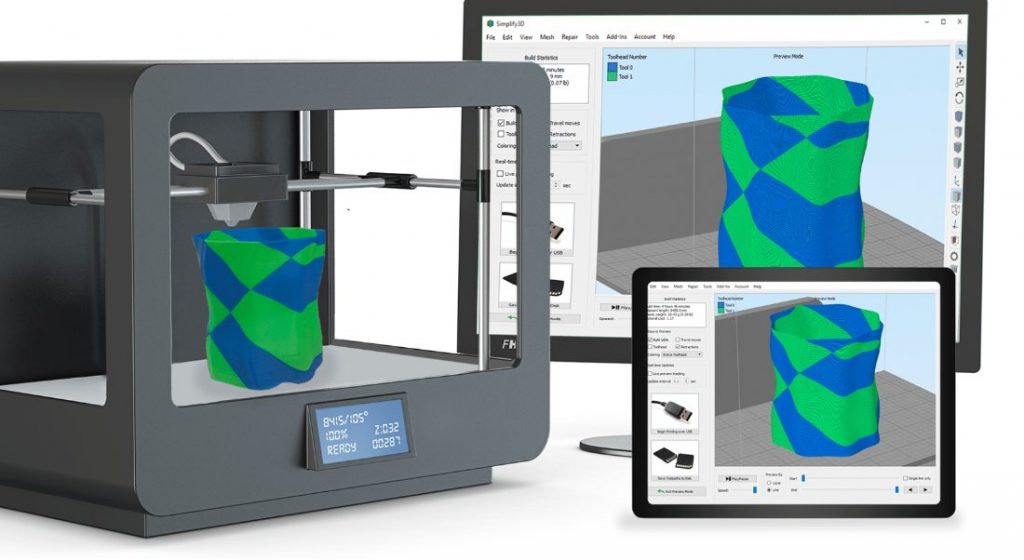 The lower the resolution is selected, the greater the deviation from the desired state. On the other hand, if the resolution is too high, the models get such enormous sizes that they can no longer be processed.
The lower the resolution is selected, the greater the deviation from the desired state. On the other hand, if the resolution is too high, the models get such enormous sizes that they can no longer be processed.
If you are not sure which resolution to choose, simply send us the STP file, we will choose the technically maximum possible resolution.
Export Resolution: 0,8
File size: 0,01 MB
Export Resolution: 0,1
File size: 0,03 MB
Export Resolution: 0,01
File size: 0,5 MB
Export Resolution: 0,001
File size: 3,7 MB
The conversion of a sphere from STP to STL format with increasing resolution from left to right. The resolution is selected according to the size and general complexity of the component. The two medium resolutions are sufficient for most components.
Error #2:
3D printing tolerances according to process
- SLA (Stereolithography): ± 0,2 % (with a lower limit of ± 0.
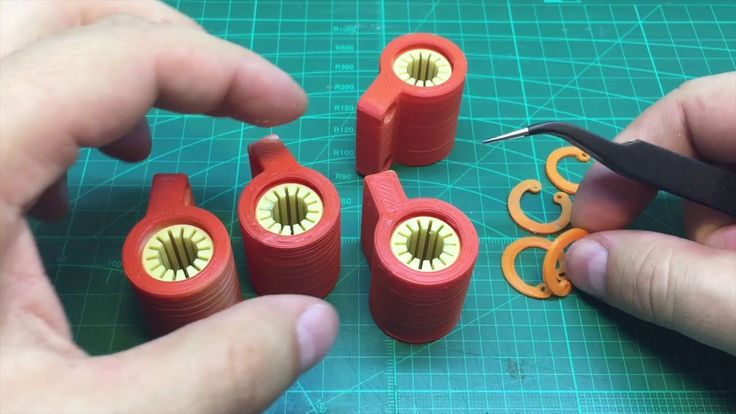 2 mm)
2 mm)
SLA is the most accurate method with Polyjet. The diameter of the laser is usually around 100 -150 µm and is therefore significantly smaller than, for example, in the FDM process. Tolerances occur mostly due to shrinking. Attention with thin large surfaces, these can (as with most procedures) partly significantly warp. - DLP: ± 0,1 – 0,2 % (with a lower limit of ± 0.1 – 0.2 mm)
DLP works basically like stereolithography, only that here projectors are used instead of lasers. The tolerance depends on the resolution. Devices with very small installation spaces (= 10 cm side length). At this size, the systems generally have tolerances of around 0.1 mm. - SLS (Selective Laser Sintering): ± 0,3 % (with a lower limit of ± 0.3 mm)
SLS is one of the most popular rapid prototyping technologies. This is particularly due to the design flexibility (no support structures) and the robust material. This process works with heat, which unfortunately can lead to shrinkage or warpage.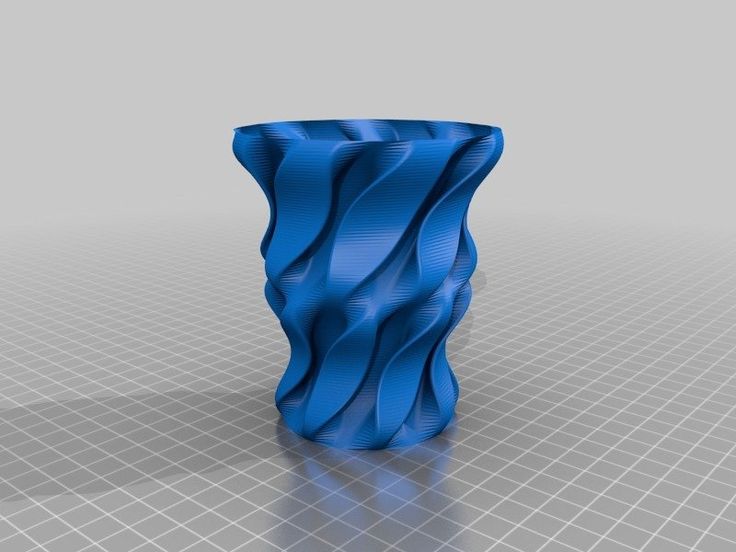
- HP Multi Jet Fusion: ± 0,2 % (with a lower limit of ± 0.2 mm)
HP Multi Jet Fusion is a novel process (also called High Speed Sintering) which, like laser sintering, works predominantly with polyamide 12. The factors that influence the tolerance in this technology are comparable to the ones in laser sintering. - FDM/FFF: ± 0,5 % (with a lower limit of ± 0.5 mm)
FDM printers usually print from ABS and PLA plastics. During cooling, the ABS shrinks to about 8%, while the PLA shrinks only about 2%. These are only guide values and may vary depending on the PLA or ABS used.
A distinction must be made between systems. While desktop or semi-professional systems work with tolerances in the above-mentioned range, high-end FDM printers (e.g. Stratasys systems) deliver lower tolerances of up to 0.1 mm. However, the printing costs of these systems are much higher. - SLM (Direct Metal 3D Printing): ± 0,5 % (with a lower limit of ± 0.
 5 mm)
5 mm)
In general comparable to laser sintering, however, the heat conductive properties of metal is significantly different from plastics. Furthermore, the temperatures are much higher. This technology causes similar problems as laser sintering. The temperatures cause warpage. All in all, the parts are almost pore-free, with surface roughnesses of up to 20 µm. Often 1 – 2 mm of additional material is applied to important surfaces in the construction and these surfaces are milled accordingly after printing. As a result, tolerances can be significantly improved and the surface can be brought to the desired value. - Polyjet: ± 0,1 – 0,2 % (with a lower limit of ± 0.1 – 0.2 mm)
The parts printed with Polyjet are very accurate because UV radiation is used instead of heat. Even with thin-walled models, shrinkage or stresses are usually hardly measurable.
Error #3:
Design & Orientation for 3D Printing
A compact component is usually built much more precisely than a very filigree one.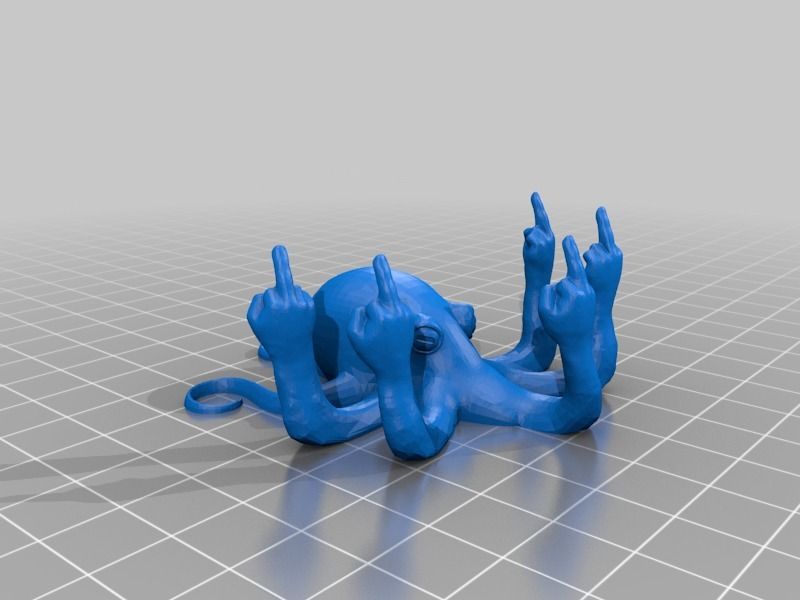 Furthermore, it is often the case that one and the same model, which is oriented differently in the printer, leads to different results. It is therefore helpful to indicate which surfaces are functional surfaces so that we can take this into account when printing.
Furthermore, it is often the case that one and the same model, which is oriented differently in the printer, leads to different results. It is therefore helpful to indicate which surfaces are functional surfaces so that we can take this into account when printing.
Error #4:
Post-processing
Every 3D printing requires post-processing. In Stereolithography/DLP, FDM & Polyjet require support structures or mass (polyjet) must be removed. All of these processes are hand-grinded and blasted with compressed air (with different blasting agents depending on the material). In laser sintering, the surface is roughened and is therefore vibratory finished.
If you have high tolerance requirements, we usually reduce this work to a minimum. This reduces the surface quality, but the tolerance is lower. In this case, too, it is best if you discuss your requirements with us so that we can select the best possible process chain for you.
External links
- A very nice article about tolerances and reproducibility in FDM printing can be found here.
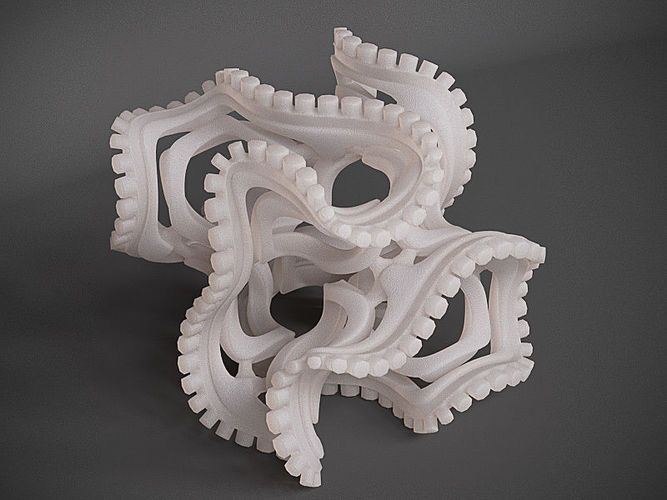
- Information on what to consider when designing in Solidworks can be found here.
About 3Faktur: 3Faktur is a 3D printing service bureau. We are specialized in the production of plastic parts in low (rapid prototyping) or larger (rapid manufacturing) quantities. Get in touch.
Get in touch
Tags:Accuracy 3D printing, additive manufacturing, Tolerance 3D printing
Clarity, Accuracy & Tolerances in 3D Printing
Just because your 3D printer says it has "high resolution" does not mean it will produce accurate or sharp prints.
Understanding the meaning of the terms precision, clarity, and tolerance is a prerequisite for achieving quality 3D printing results, regardless of industry. In this article, we will analyze what these terms mean in the context of 3D printing. nine0003
Webinar
Want to learn how to use 3D printing for design? Watch our webinar and learn about the stereolithography (SLA) 3D printing process, different types of materials, and tips from experts on how to optimize your printing process to make it as efficient as possible.
Watch the webinar now
Let's start with some definitions: what is the difference between precision, clarity and tolerance? For each term, we will use a target - a common example for understanding these concepts, helping to visualize them. nine0003
Precision determines how close the measured value is to the true value. In the target example, the true value is the bullseye. The closer you are to the bullseye, the more accurate your throw. In the world of 3D printing, the true value is the dimensions of your CAD model. To what extent does a product made on a 3D printer correspond to a digital model?
Clarity corresponds to measurement reproducibility - how consistent are your hits on the target? Clarity only measures this reproducibility. You can always hit the same spot, but it doesn't have to be the bullseye. In 3D printing, this ultimately leads to reliability. Are you sure that you will get the expected results for each model produced by your printer? nine0003
In engineering terms, "clarity" is used to measure the reproducibility of results.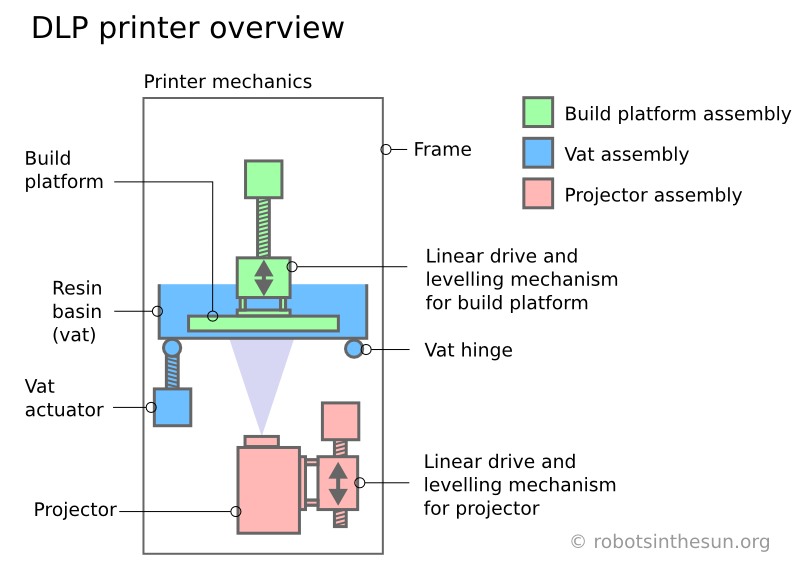 Applied to materials for 3D printing, “clear” can mean the ability to manufacture complex geometries. For example, Formlabs Gray Pro Resin and Rigid Resin resins have a high "green modulus", or modulus of elasticity, that can successfully print thin and intricate details.
Applied to materials for 3D printing, “clear” can mean the ability to manufacture complex geometries. For example, Formlabs Gray Pro Resin and Rigid Resin resins have a high "green modulus", or modulus of elasticity, that can successfully print thin and intricate details.
What accuracy is required in this case? This is determined by tolerances , which you define. How much wiggle room do you have based on the purpose of the model? What is the allowable variability in the closeness of the measurements to the exact ones? It depends on the specifics of your project. For example, a component with a dynamic mechanical assembly needs tighter tolerances than a conventional plastic housing.
If you're specifying tolerance, you'll probably need precision as well, so let's assume we're measuring bullseye accuracy. Earlier we called the shots in the picture with the target on the right fuzzy. nine0003
But if you have wide tolerances, this may not be a problem.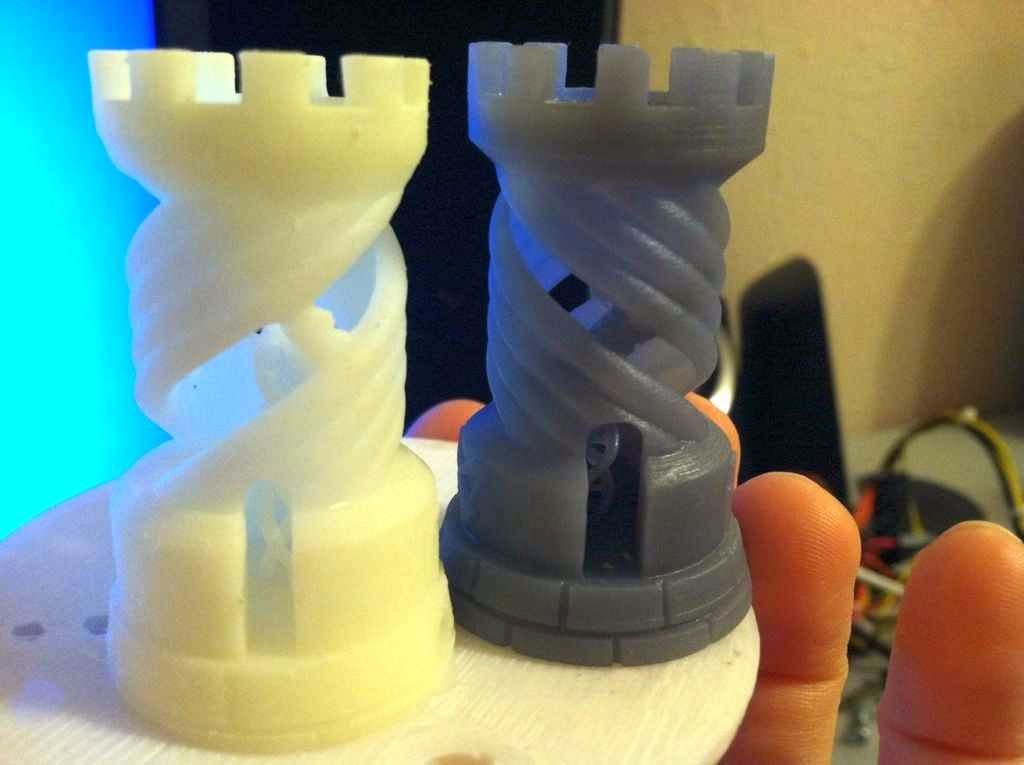 The shots are not as close to each other as they are on the target on the left, but if the acceptable range of sharpness is ±2.5 hoops, then you are not out of range.
The shots are not as close to each other as they are on the target on the left, but if the acceptable range of sharpness is ±2.5 hoops, then you are not out of range.
As a rule, achieving and maintaining tighter tolerances entails higher production and quality control costs.
White Paper
Tolerance and fit are important concepts that engineers use to optimize mechanical functionality and manufacturing cost. Use this white paper when designing 3D printed workpieces or as a starting point when designing a fit between parts printed with Formlabs Tough Resin or Durable Resin. nine0003
Download white paper
There are many factors to consider when thinking about precision and clarity in 3D printing, but it's also important to get your needs right.
For example, a sharp but inaccurate 3D printer may be optimal for some applications. An inexpensive Fused Deposition Modeling (FDM) machine will produce less accurate parts, but for a teacher teaching students 3D printing for the first time, the exact fit of the student's CAD model doesn't matter as much. nine0003
nine0003
But if the printer performs to specifications and delivers the quality expected of it within the tolerances the user is accustomed to, this may be sufficient for successful operation.
Check out our detailed guide comparing FDM vs. SLA 3D printers to see how they differ in terms of print quality, materials, application, workflow, speed, cost, and more.
There are four main factors that affect the accuracy and clarity of a 3D printer:
3D printing is a type of additive manufacturing where models are made layer by layer. Violations can potentially occur in every layer. The layering process affects the level of clarity (or reproducibility) of each layer's accuracy. For example, when printing on an FDM printer, layers are formed using a nozzle, which cannot provide the same accuracy for obtaining complex parts as other 3D printing technologies. nine0003
Because layers are extruded, FDM models often show layer lines and inaccuracies around complex features. (Left is an FDM printed part, right is a SLA printed part.)
(Left is an FDM printed part, right is a SLA printed part.)
In stereolithography (SLA) 3D printing, each layer is formed by curing a liquid polymer with a high-precision laser, resulting in more detailed models and achieve high quality on a consistent basis. nine0003
Selective Laser Sintering (SLS) also uses a laser to accurately convert nylon powder into lightweight, durable parts.
The specifications of a 3D printer alone do not give an idea of the accuracy of the models produced. One of the common misconceptions about the accuracy of various 3D printing technologies is describing XY resolution as dimensional accuracy.
For digital light processing (DLP) printers, the XY resolution corresponds to the projected pixel size. Many 3D printer systems use this projected pixel size, or XY resolution, as a general measure of accuracy, such as stating that with a projected pixel size of 75 µm, the accuracy of the device is ±75 µm. nine0003
Check out our guide to SLA and DLP 3D printing, where we talk about the features of the two processes and how they differ.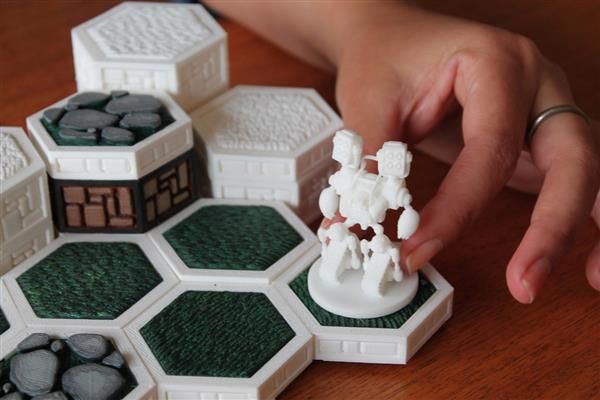
But this data does not affect the accuracy of the printed model. There are many other sources of error that affect accuracy, from components and calibration to materials and post-processing. We will consider the last two factors in more detail.
The best way to evaluate a 3D printer is to study the models printed on it. nine0006
Accuracy may also vary depending on the media you are printing on and the mechanical properties of those media, which can also affect the likelihood of model warping.
Formlabs Rigid Resin has a high "green modulus", or modulus of elasticity before final polymerization, which allows you to print very thin models with high definition and reliability.
But, again, it all depends on your goals. For example, in dentistry, the accuracy of 3D printed models is critical. But if you're printing a concept model, chances are you just want to get a general idea of the physical product, and accuracy won't be that important. nine0003
nine0003
Margins, mold surfaces, and contact surfaces printed with Formlabs Model Resin are accurate to within ±35 µm of the digital model at over 80% of surface points when printed at 25 µm settings. The overall accuracy across the entire arc is within ±100 µm on 80% of surfaces when printed with settings of 25 or 50 µm.
3D printed models often need to be cured, which in turn often leads to shrinkage. This is normal for any part made using SLA or DLP 3D printing. Depending on the printer, this phenomenon may need to be considered in the design. PreForm, Formlabs' free file preparation software, automatically compensates for this shrinkage, ensuring that the final cured models are the same dimensions as the original CAD model. nine0003
How does the final polymerization work? Learn more about the theory behind the process and see efficient ways to successfully finish curing models made with stereolithographic 3D printers.
Producing quality models on a 3D printer requires attention not only to the printer itself, but to the entire production process.
The final result may be affected by the print preparation software, post-processing materials and tools used. In general, integrated systems designed to work together produce more reliable results. nine0003
Unlike machining, where parts are progressively improved to tighter tolerances, 3D printing has only one automated manufacturing step. While complex coating adds cost to processes such as CNC milling, creating complex features with 3D printing is essentially free, although the tolerances of a 3D printed model cannot be automatically improved beyond the capabilities of the printer. without resorting to subtractive methods. nine0003
3D printing is a great option if you have rough, complex features such as undercuts and complex surfaces, and don't necessarily need surface accuracy better than ±0.125mm (standard machining). Tolerances beyond standard machining must be achieved using subtractive methods, either through manual or machine processing, for both 3D printed and CNC models. nine0003
nine0003
SLA has the highest tolerance compared to other commercial 3D printing technologies. The tolerances for stereolithographic 3D printing are somewhere between standard and precision machining.
In general, more malleable stereolithography materials will have a wider tolerance zone than more rigid materials. Designing subassembly parts for tolerance and fit reduces post-processing time and simplifies assembly, as well as reduces material costs per iteration. nine0003
There are many other factors to consider when evaluating 3D printers. Should your models be isotropic? What mechanical properties should your models (and, accordingly, the materials from which they are made) have? The best place to start is to get familiar with the physical models printed on a 3D printer. Order a free material sample from Formlabs of your choice and see for yourself the quality of your stereolithography print.
Request a sample 3D model
How to optimize tolerances in 3D models for fit
Tolerances and fit are fundamental concepts in mechanical engineering.
Tolerance control optimizes both the prototyping and manufacturing process, reduces iteration costs, reduces post-processing time, and reduces the risk of accidental part failure.
In traditional machining, tighter tolerances are exponentially associated with higher cost. Tighter tolerances require additional steps and slower machining than wider tolerances, so the parts to be machined are designed with the widest tolerances allowed for the application. nine0003
Unlike machining, additive manufacturing and 3D printing consist of a single automated production step. Tighter tolerances for 3D models can require more effort during the design phase, but can save significant time and cost in prototyping and manufacturing.
In this article, we will explain when tolerances are most important for 3D printing. We will then look at the different types of fits (clear, interference, and transitional fits) and how they can be used in assembly structures. nine0003
Tolerance is a predictable range of possible dimensions for parts at the time of manufacture.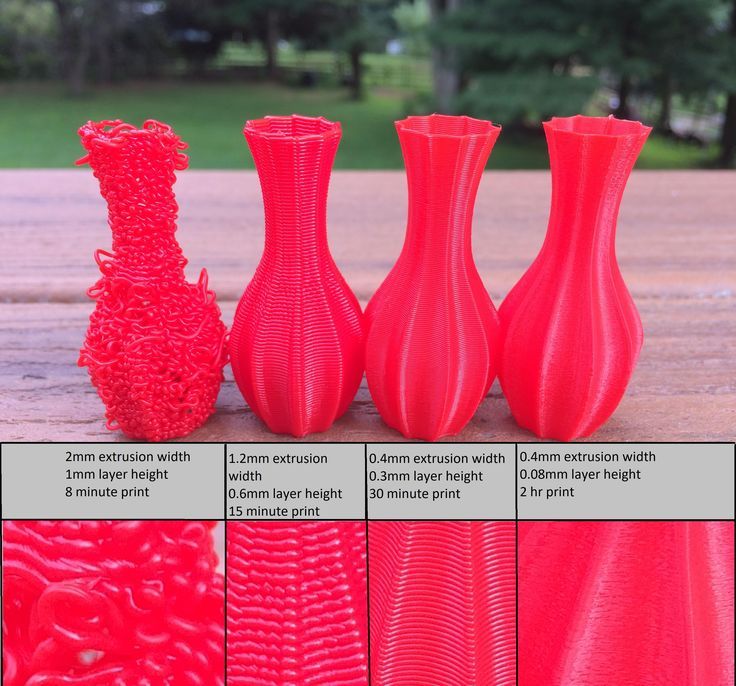
The cost of printing 3D models makes this method cost-effective for prototyping and small-scale production, especially for custom parts that would otherwise require a significant investment in molds.
Post-processing steps for finished 3D models include cleaning, sanding traces of support structures, and oiling. Grinding the active surface is a viable way to achieve a proper fit if the model is a single piece, as it takes less time to account for tolerances during the design phase. When using larger prefabricated models or when producing a large number of models, proper adherence to dimensional tolerances quickly becomes beneficial. nine0003
In order to understand and design optimal tolerances for 3D printing, it is important to determine what type of fit is best for your build model.
The functional needs of the prefabricated model determine how the parts should be connected to each other.
There are three types of engineering fit: clearance fit, transition fit and interference fit.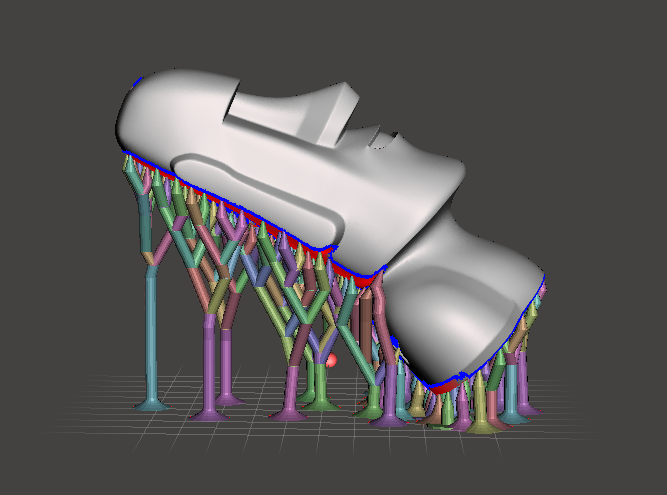 Each of these types is divided into two main subcategories.
Each of these types is divided into two main subcategories.
Depending on the manufacturing method and 3D printing technology, there will always be some variation in tolerances, which means fit is a continuous, not entirely separate step. For example, a large clearance fit allows for precision at the expense of freedom of movement. A tighter transitional fit is more secure but causes more joint wear. An interference fit that requires more force to connect will be more difficult to disassemble. nine0003
Free movement of the part requires clearance (space between active surfaces). Provide clearance to avoid overlapping active surface tolerance zones.
An active surface is an area of a model where two surfaces touch and either move relative to each other or have a static fit.
- The slip fit has little lateral play, while the slip fit has virtually none.
- The moveable seat features more friction and greater movement precision.
 Backlash is the amount of room for movement in an unintended direction within the mechanism.
Backlash is the amount of room for movement in an unintended direction within the mechanism.
If movement between parts is not required, the transitional fit allows for easy assembly and disassembly. The transitional fit has partially overlapping tolerance zones.
- The close-fit fits one part into or over the other with little force for assembly and disassembly. nine0162
- Push-in fit requires more force to connect and separate parts, but can be done by hand.
Interference fit provides a rigid and strong connection, but requires considerable assembly force. In an interference fit, the tolerance zones completely intersect.
- The tight fit requires significant installation effort, possibly using hand tools such as a hammer, and is designed for permanent connections. nine0162
- The press fit requires much more installation force to be applied by a press roll or similar tool.
Fit ranges for standard shapes can be widely used in many designs.



